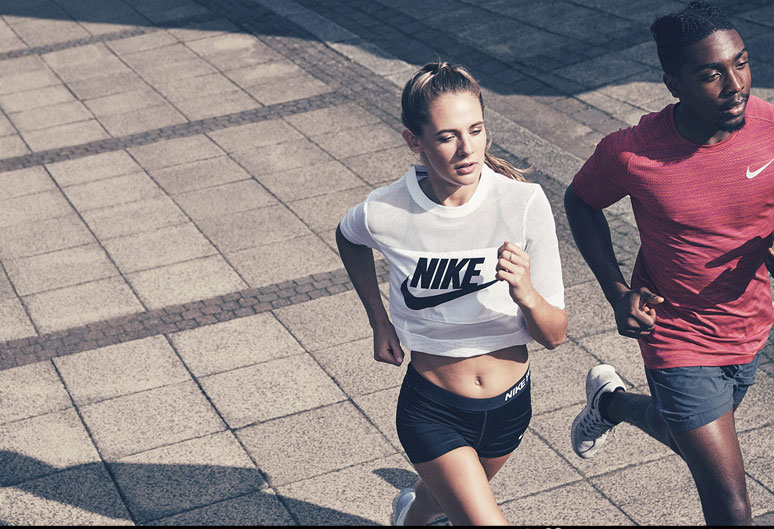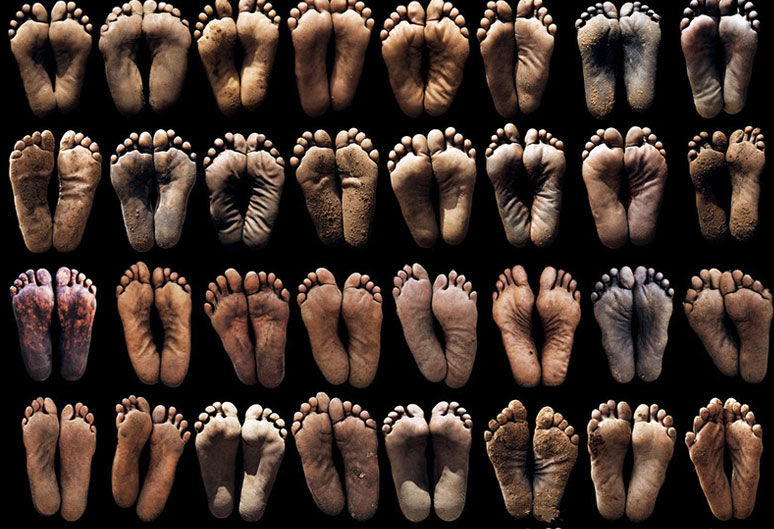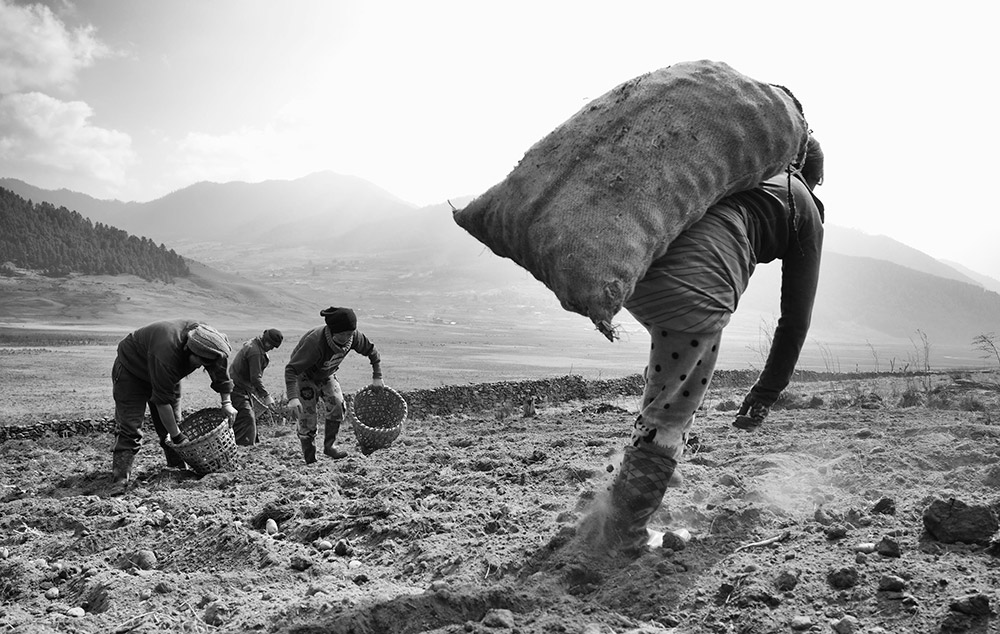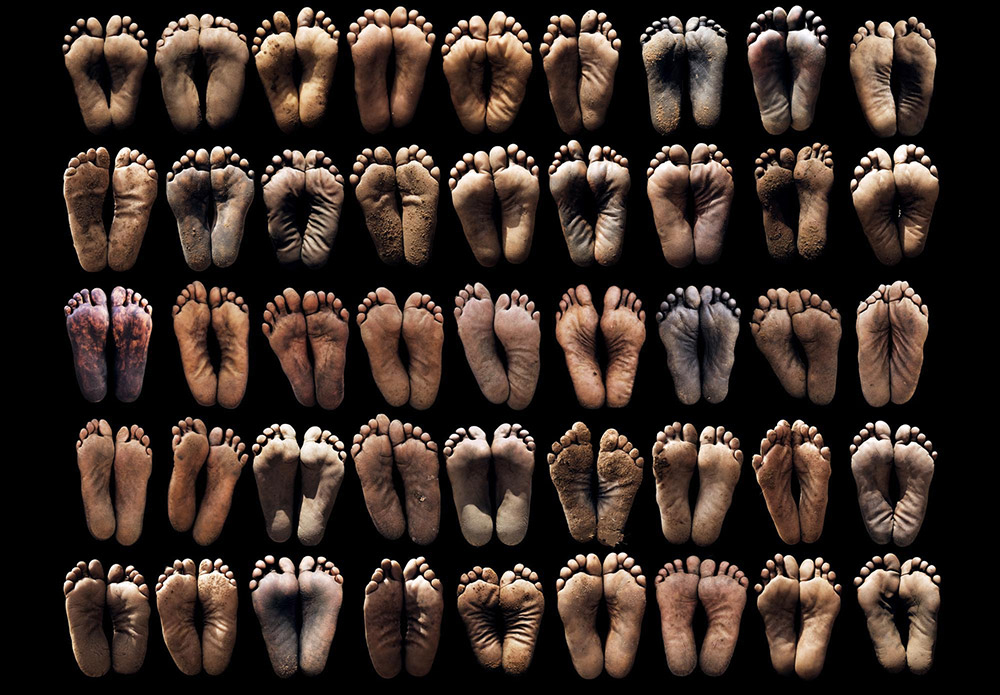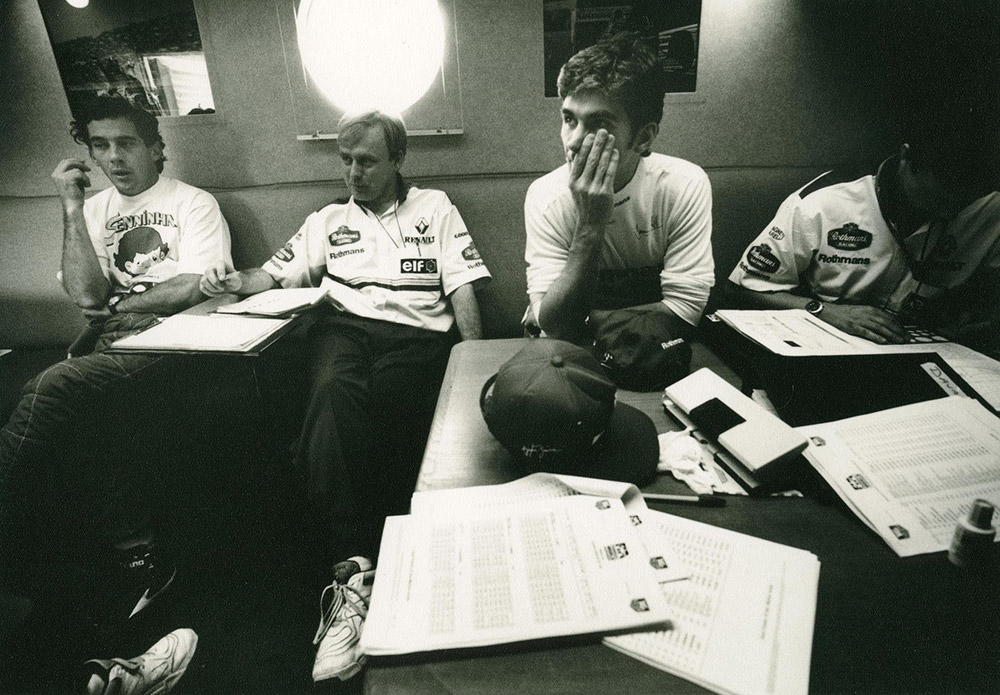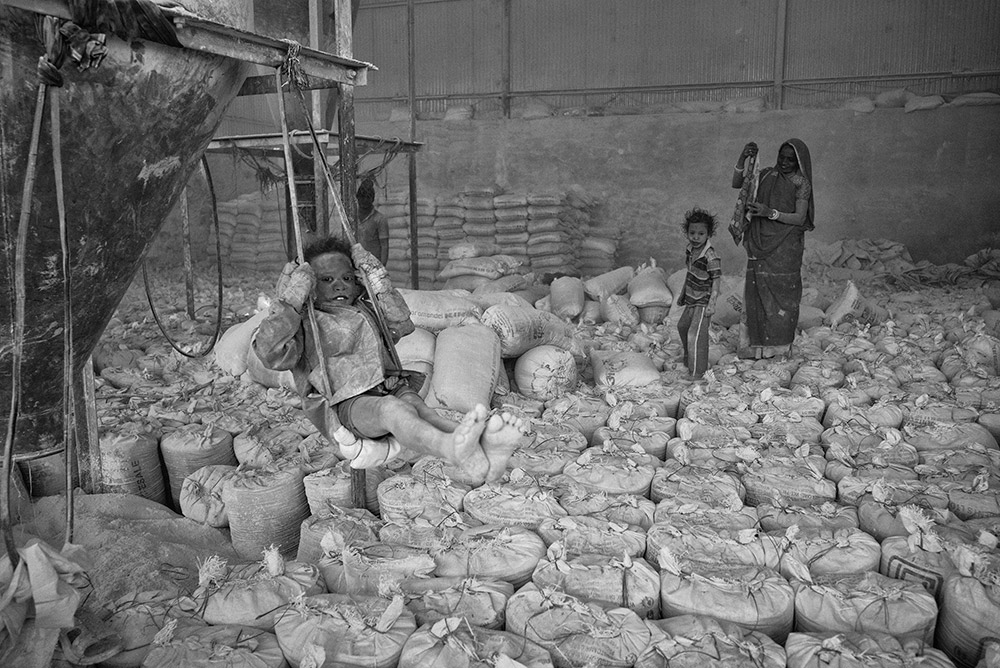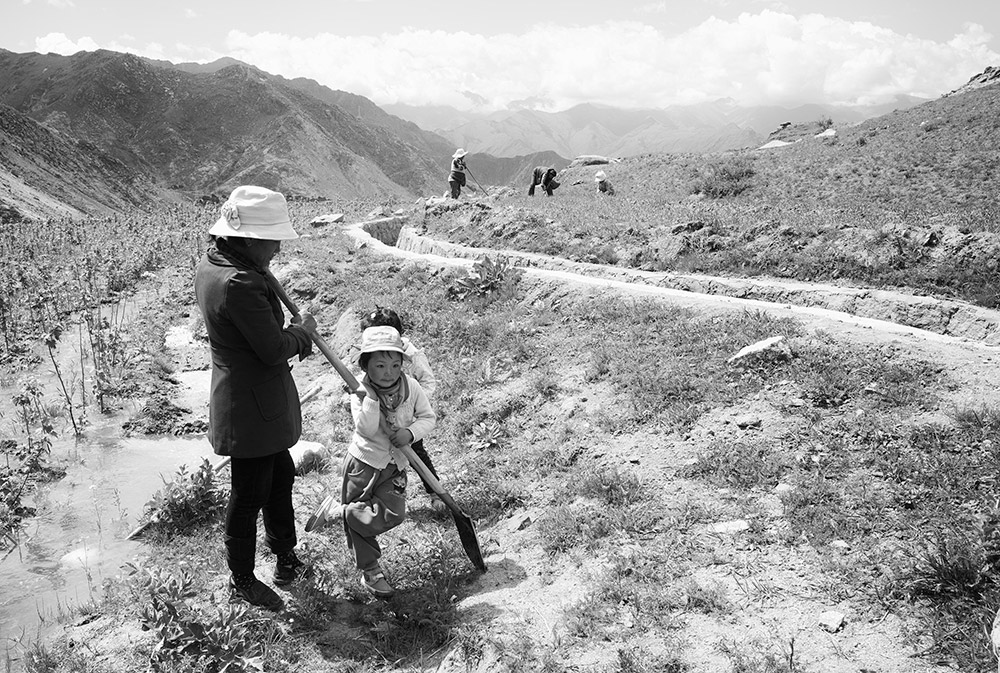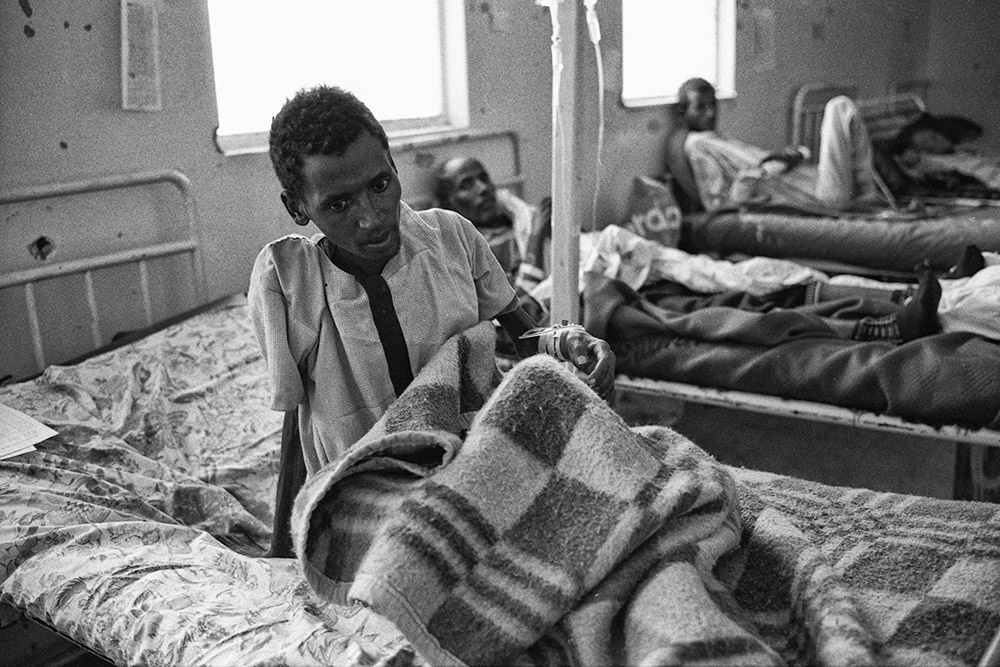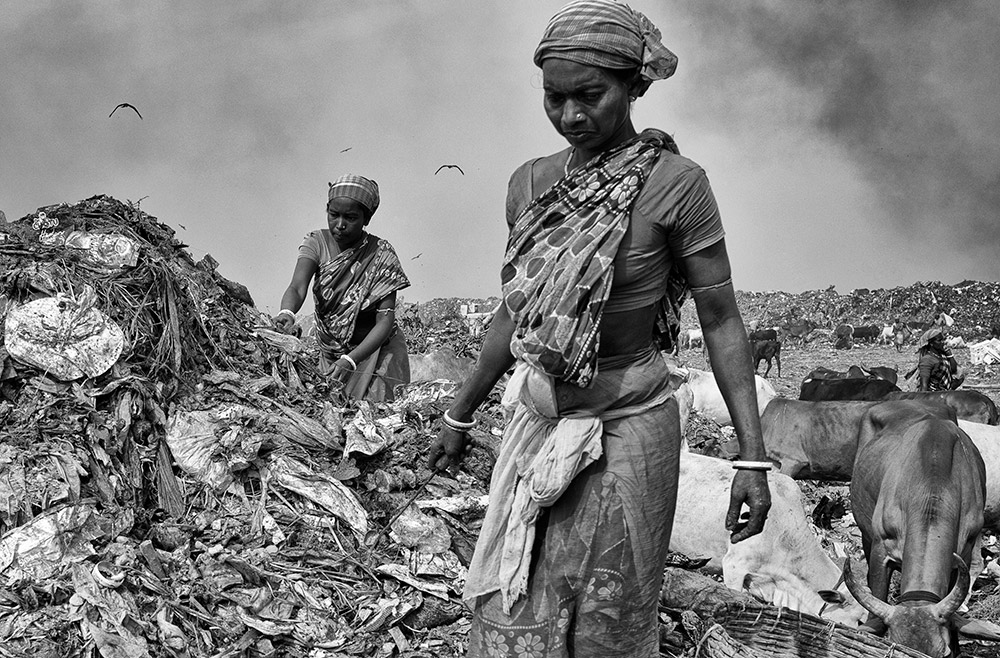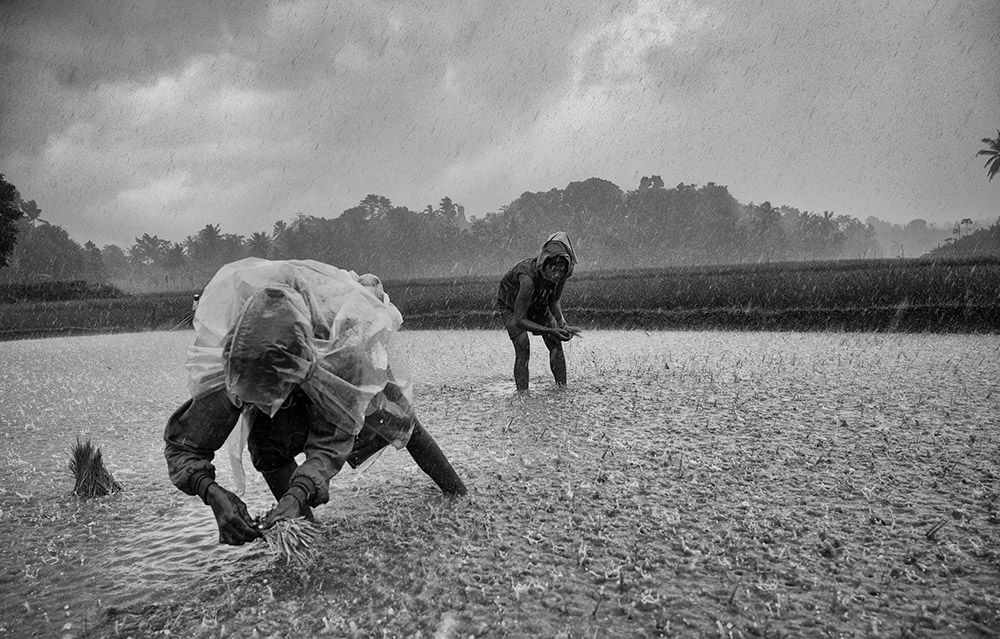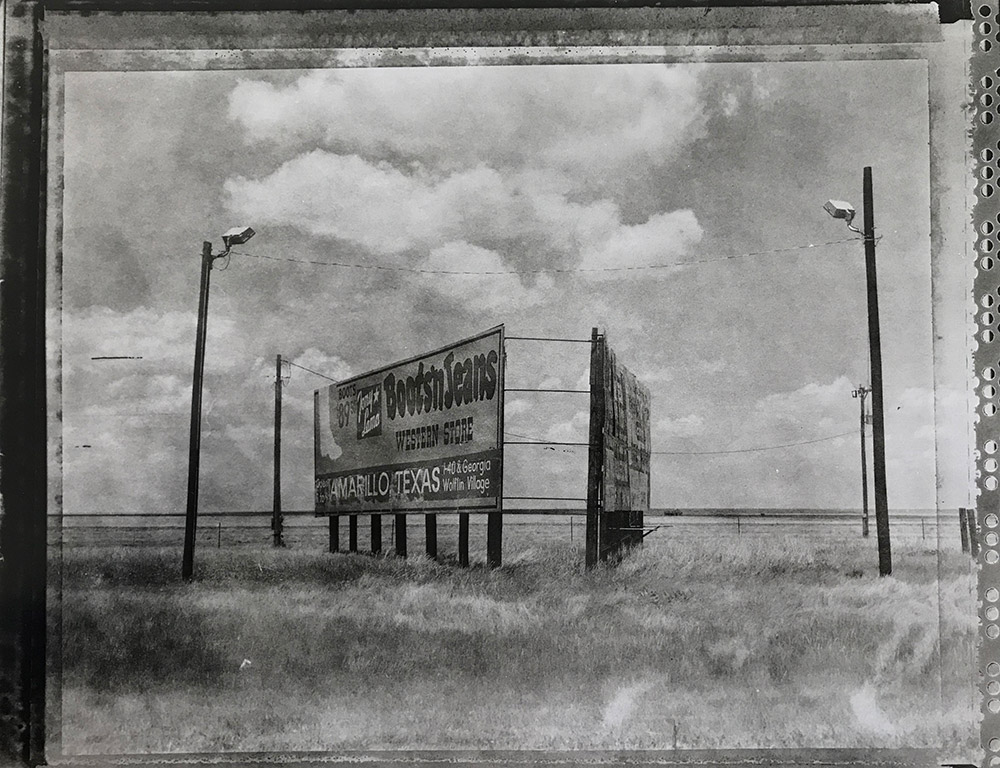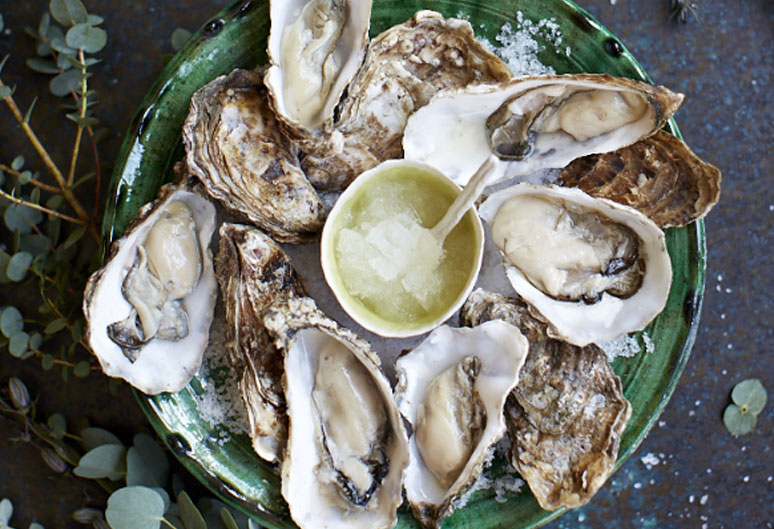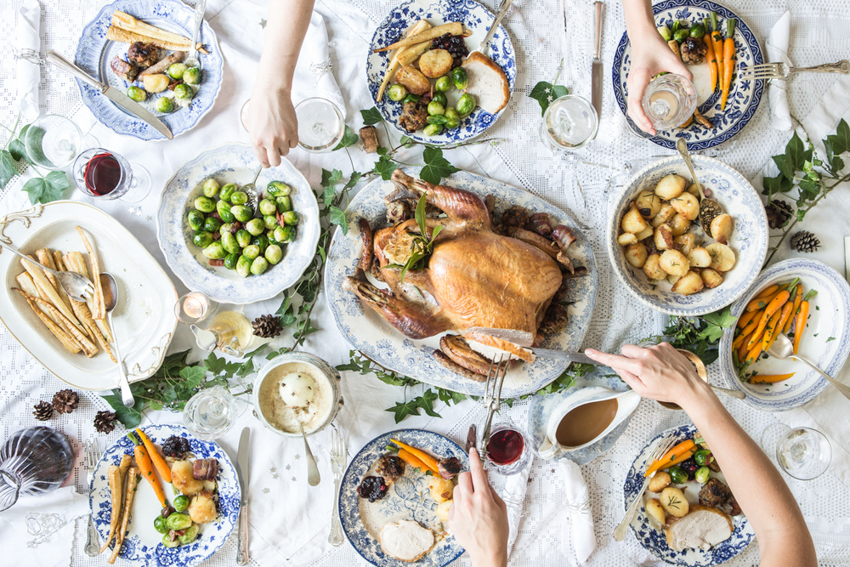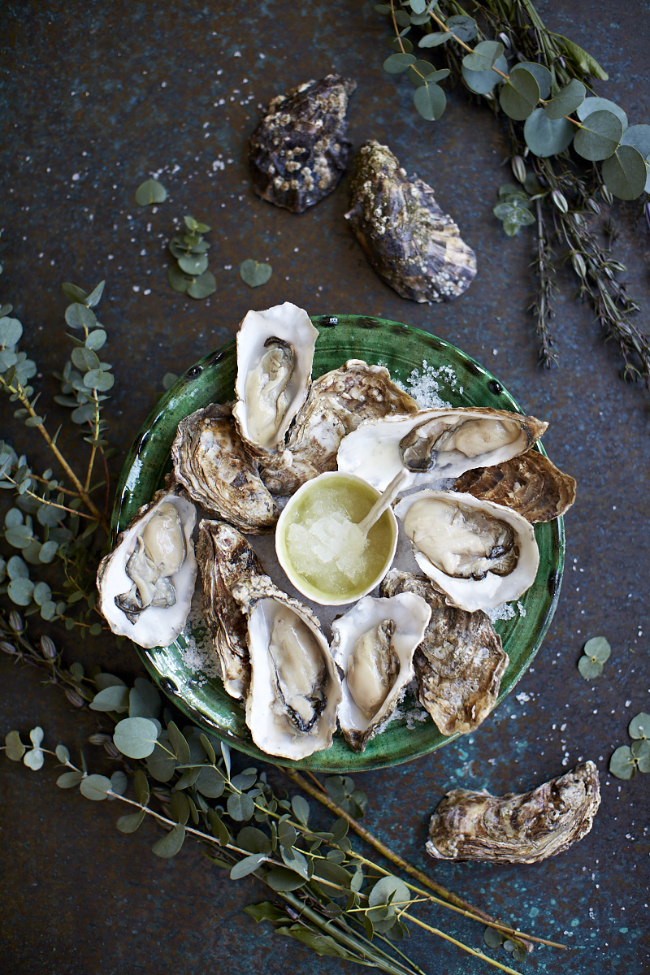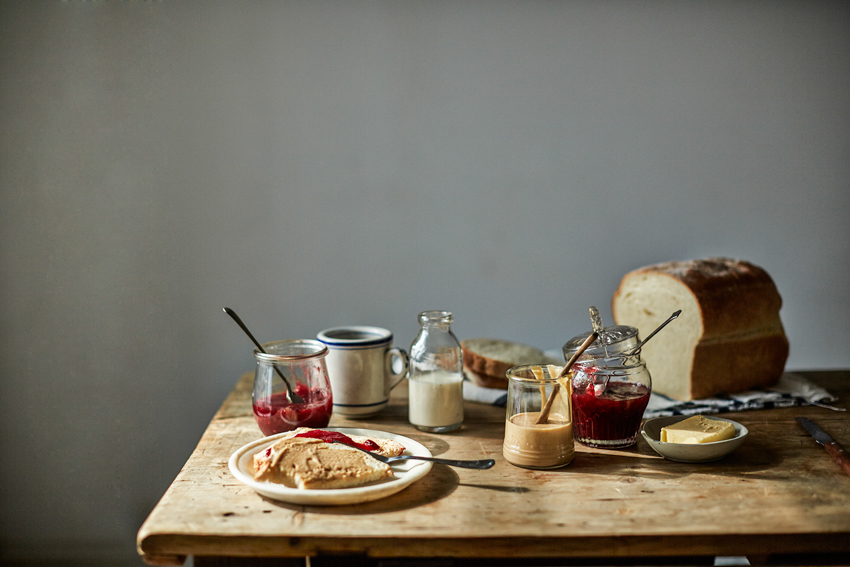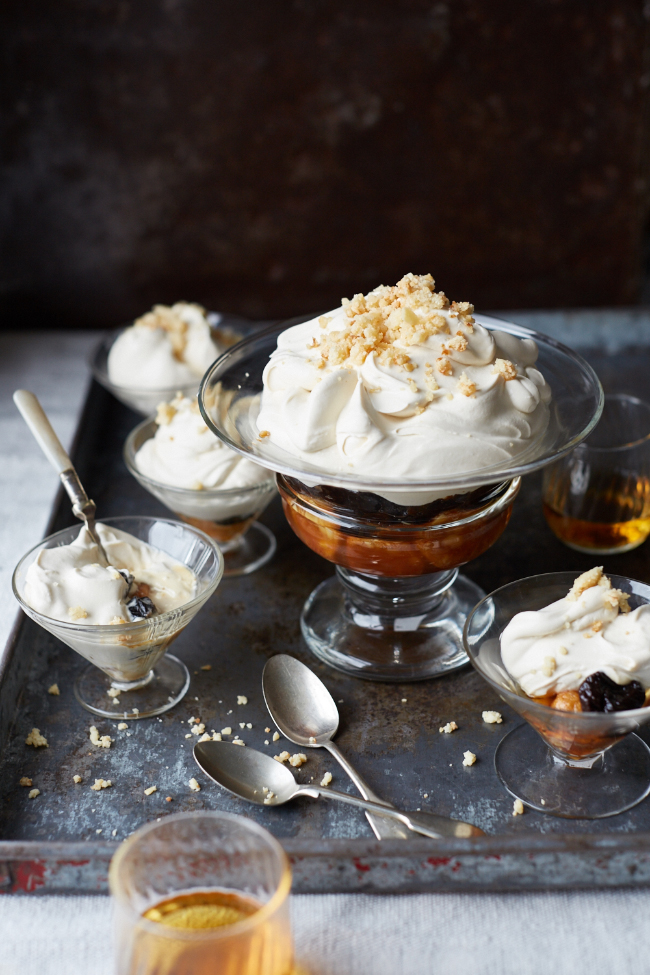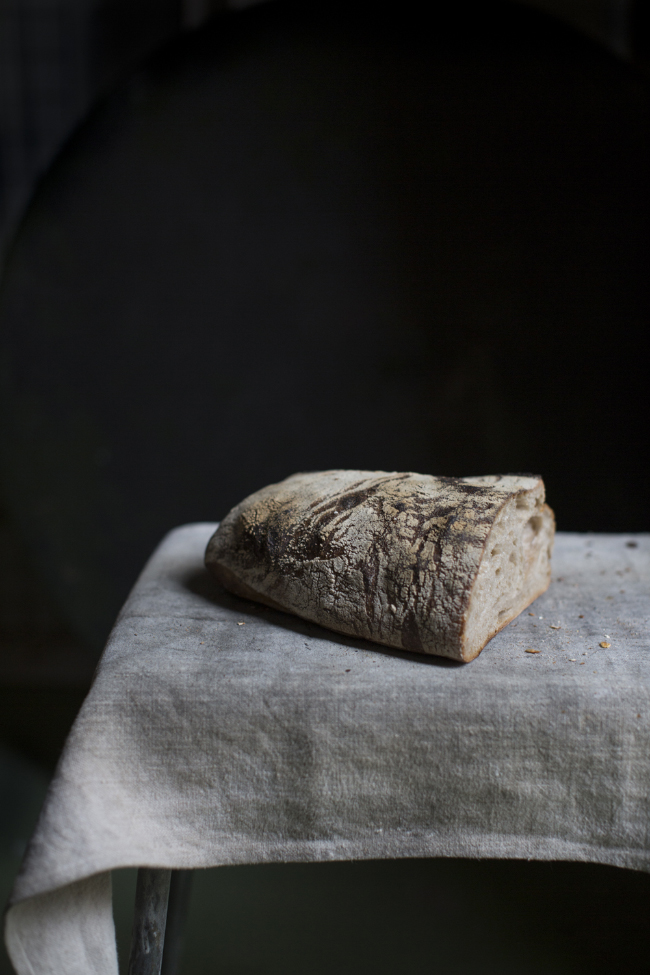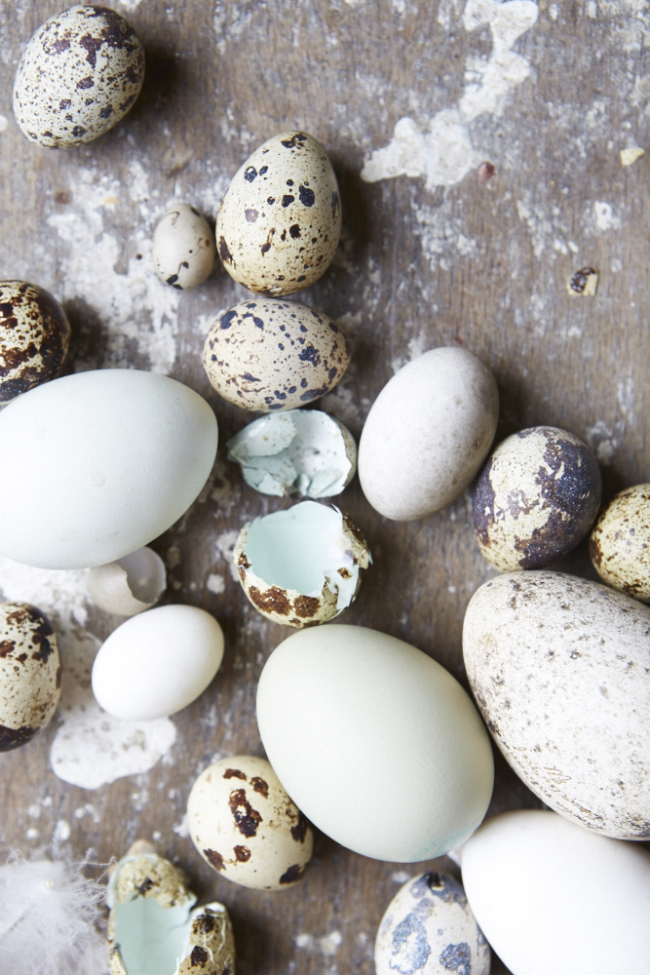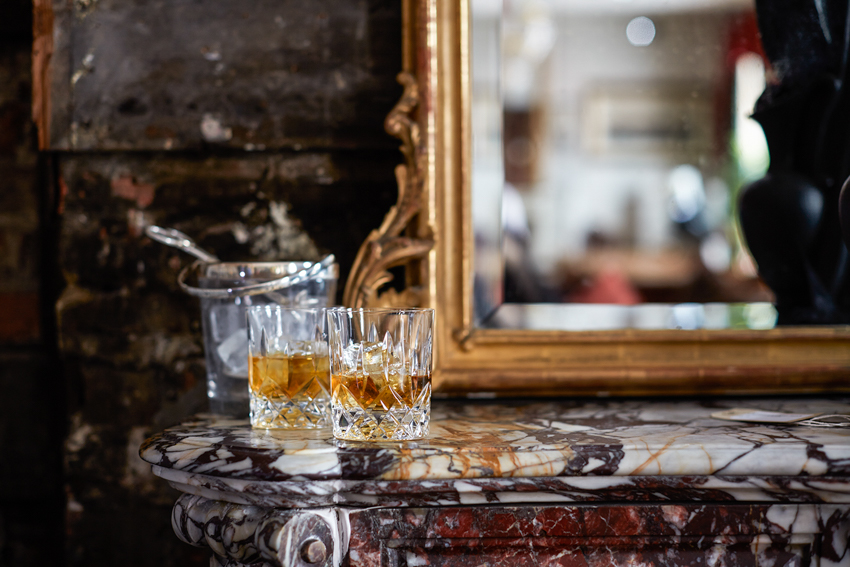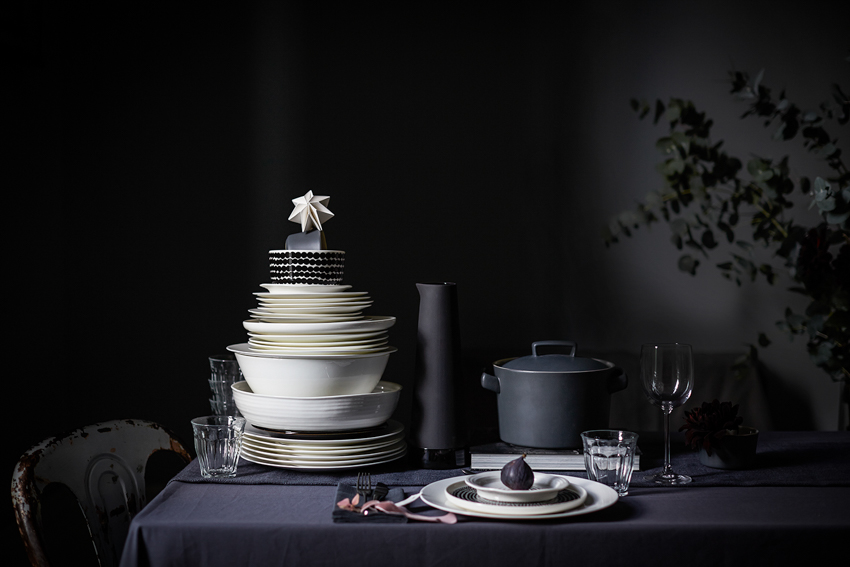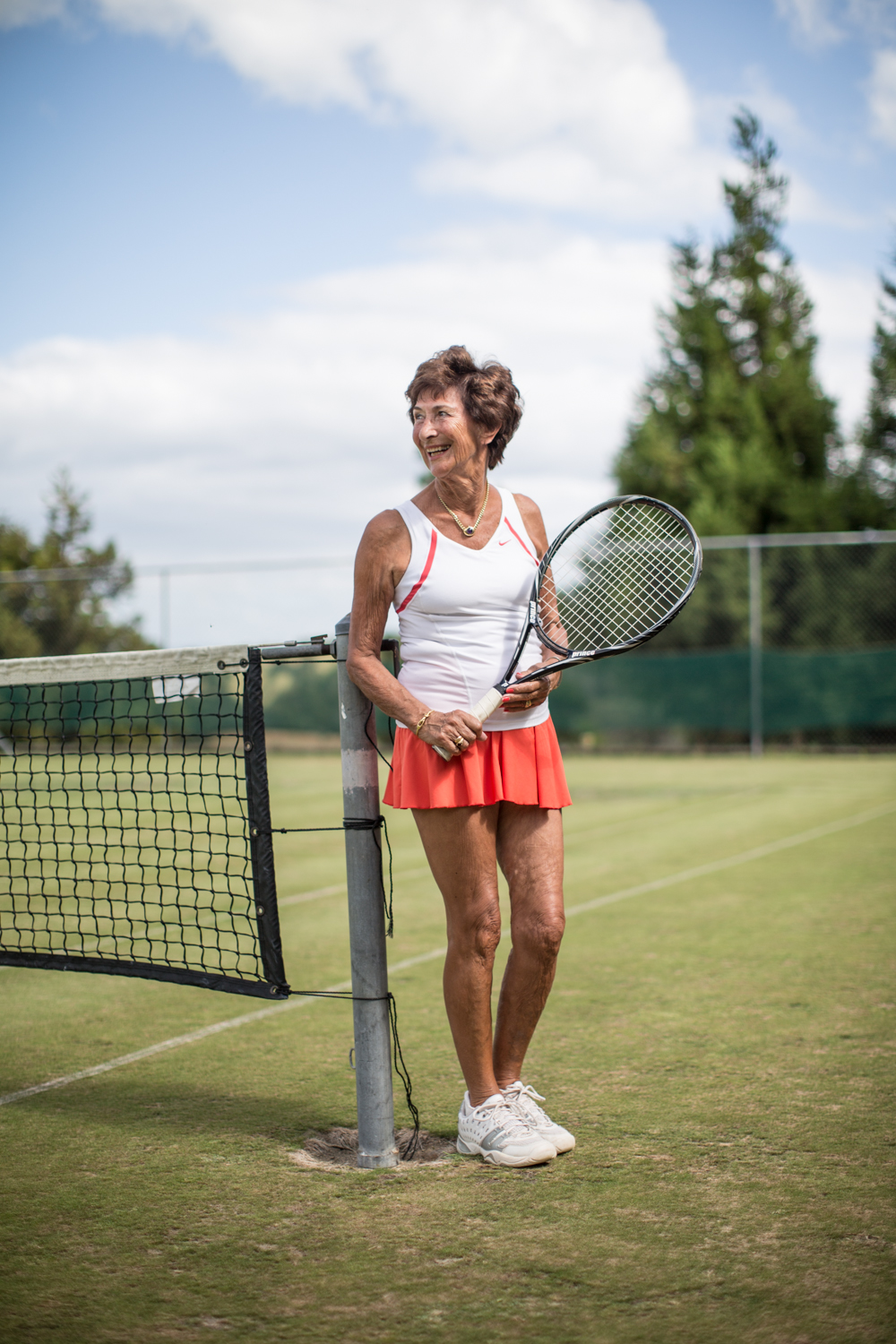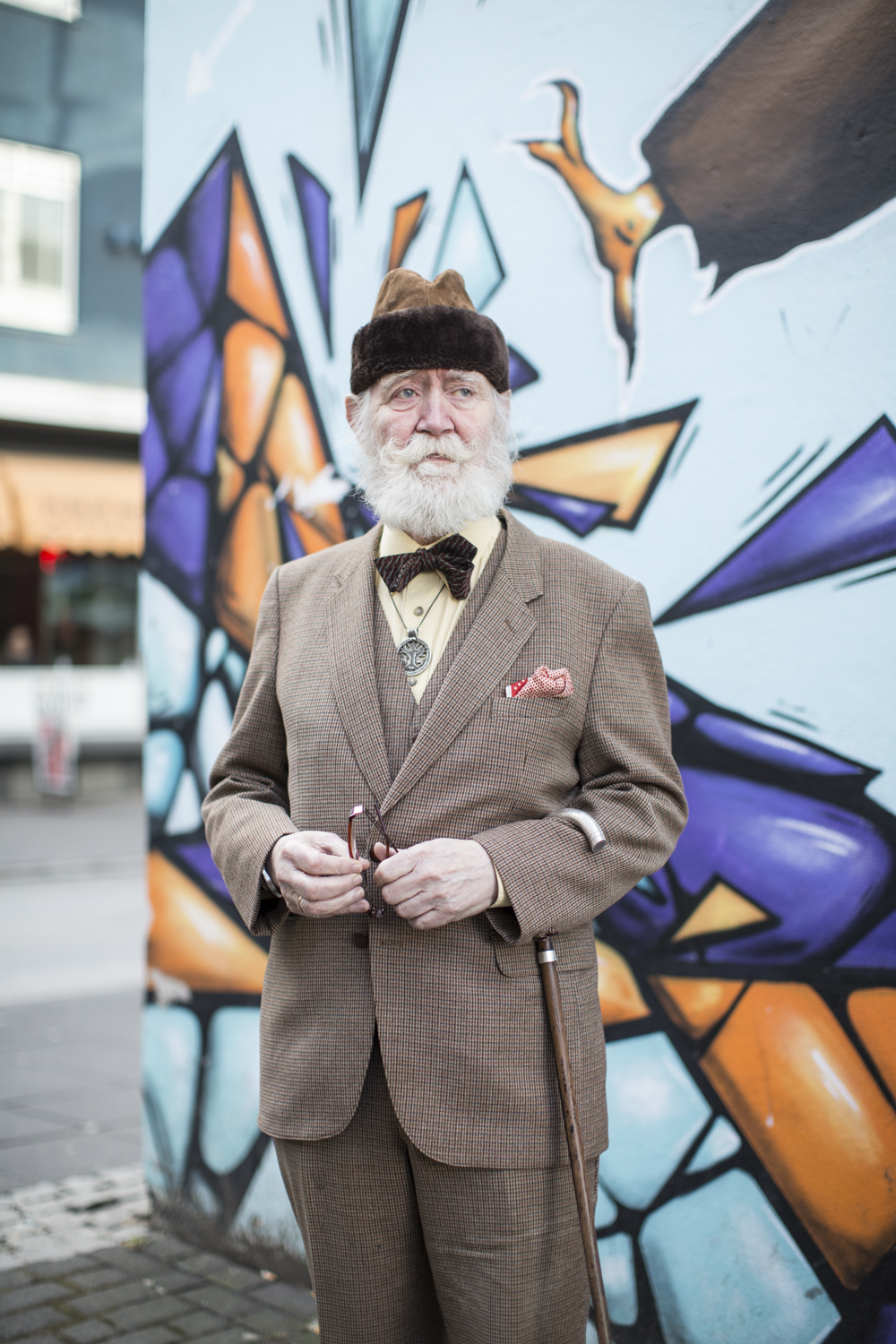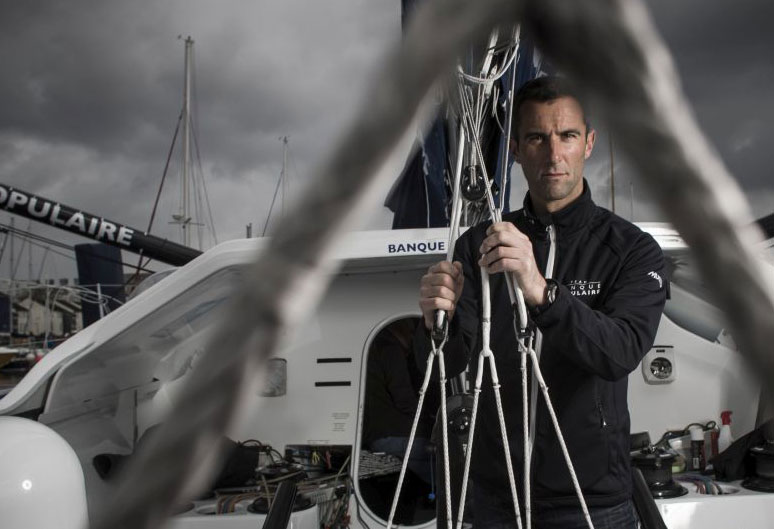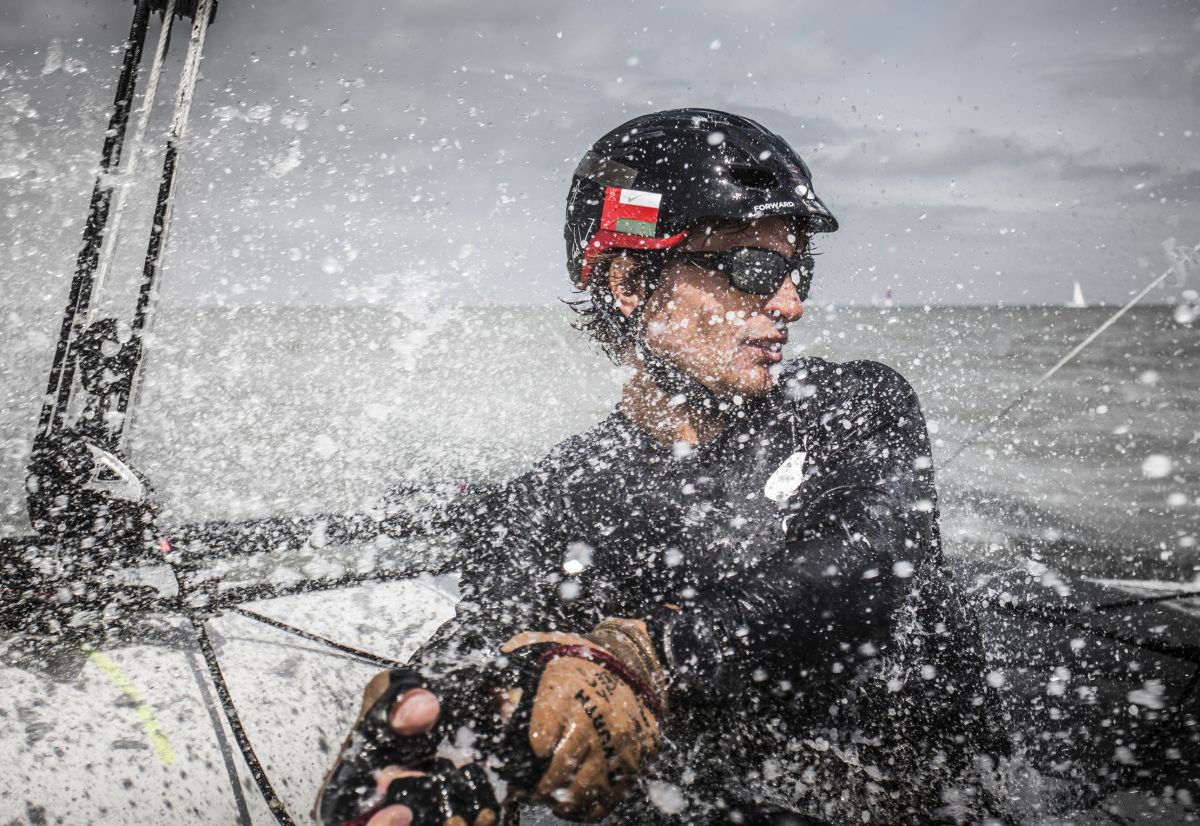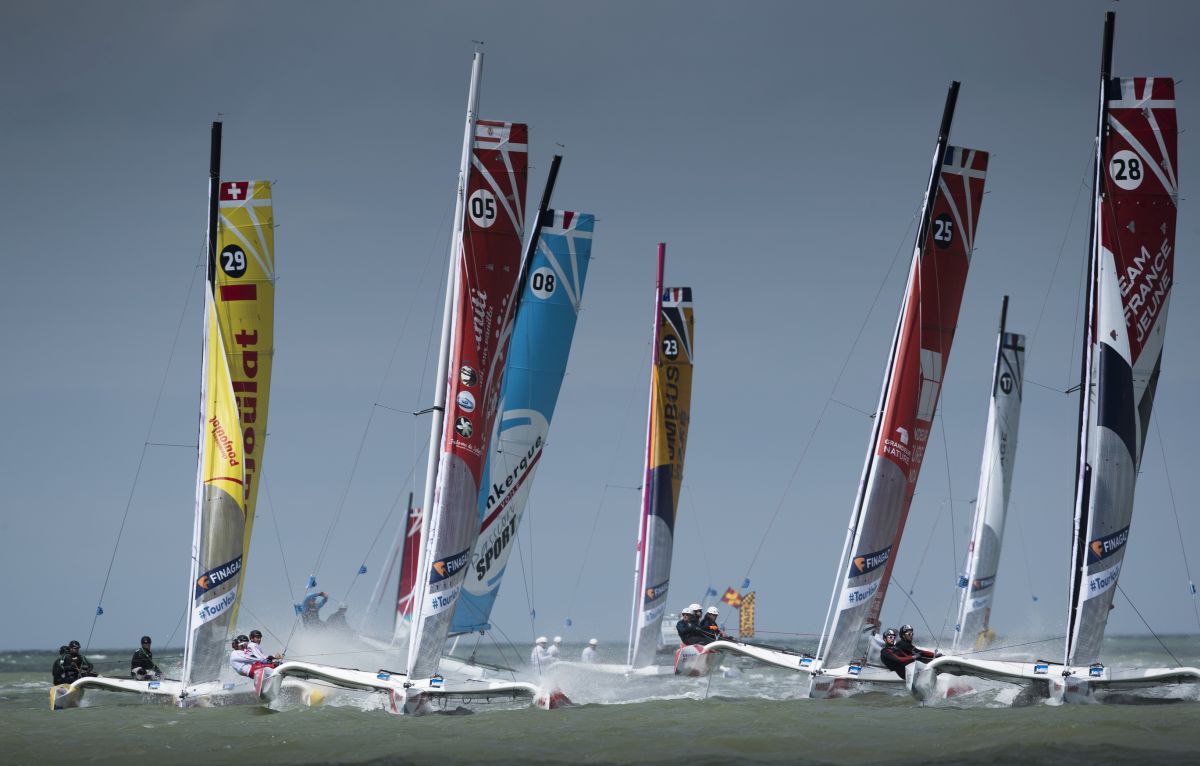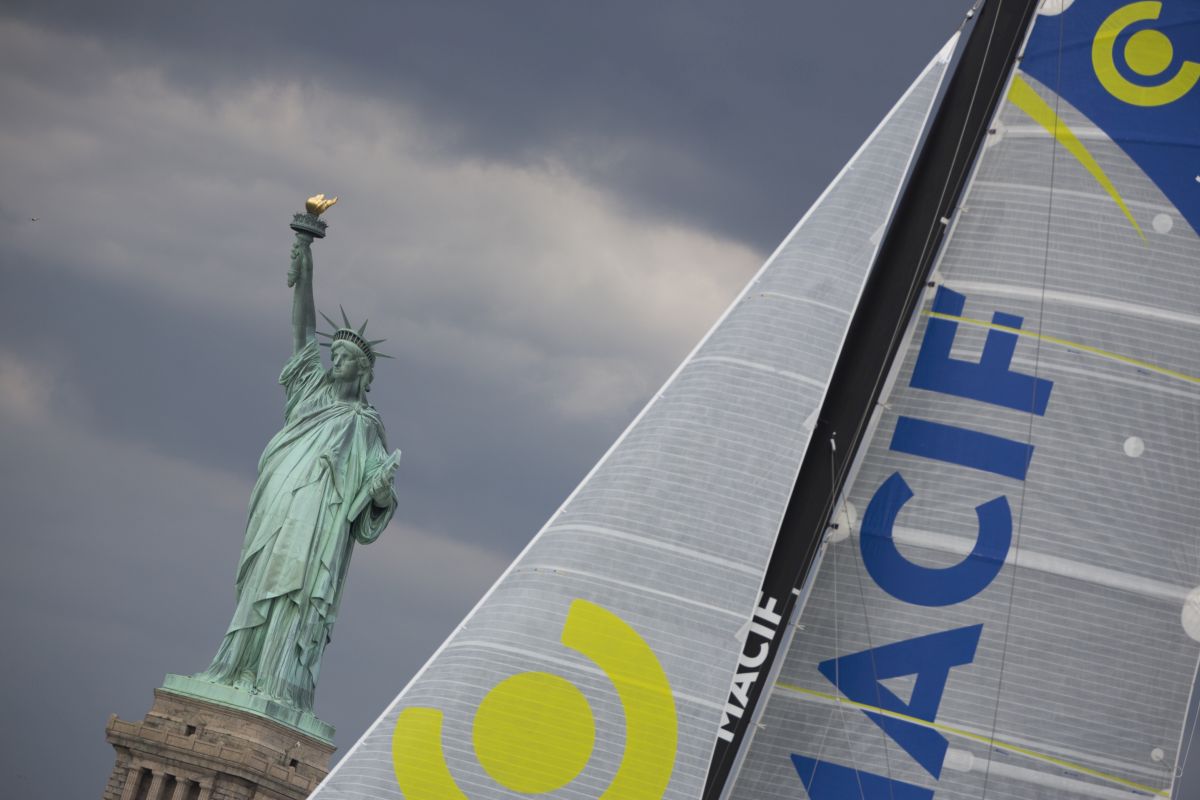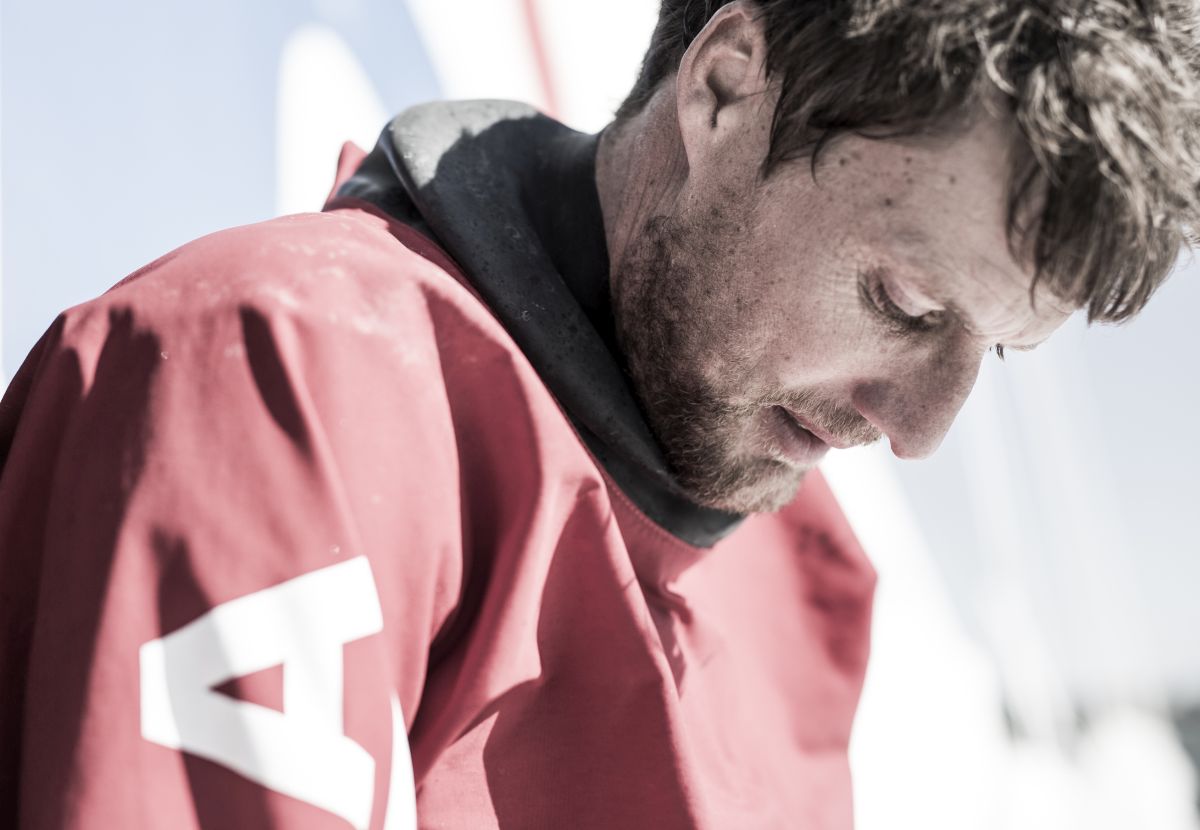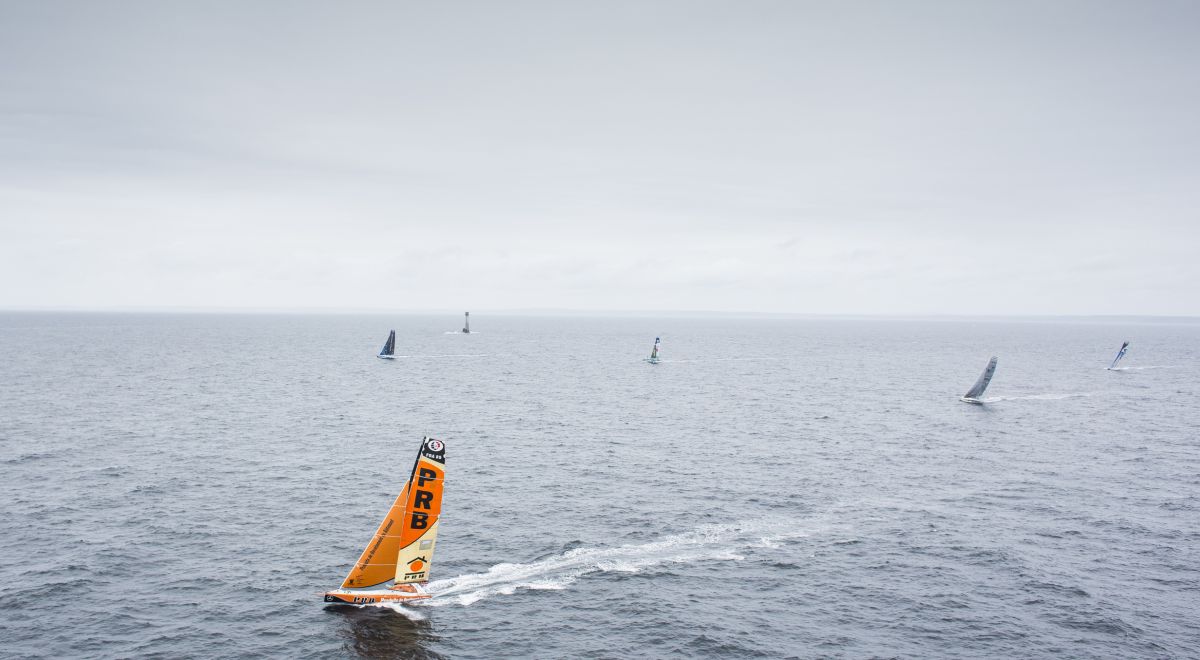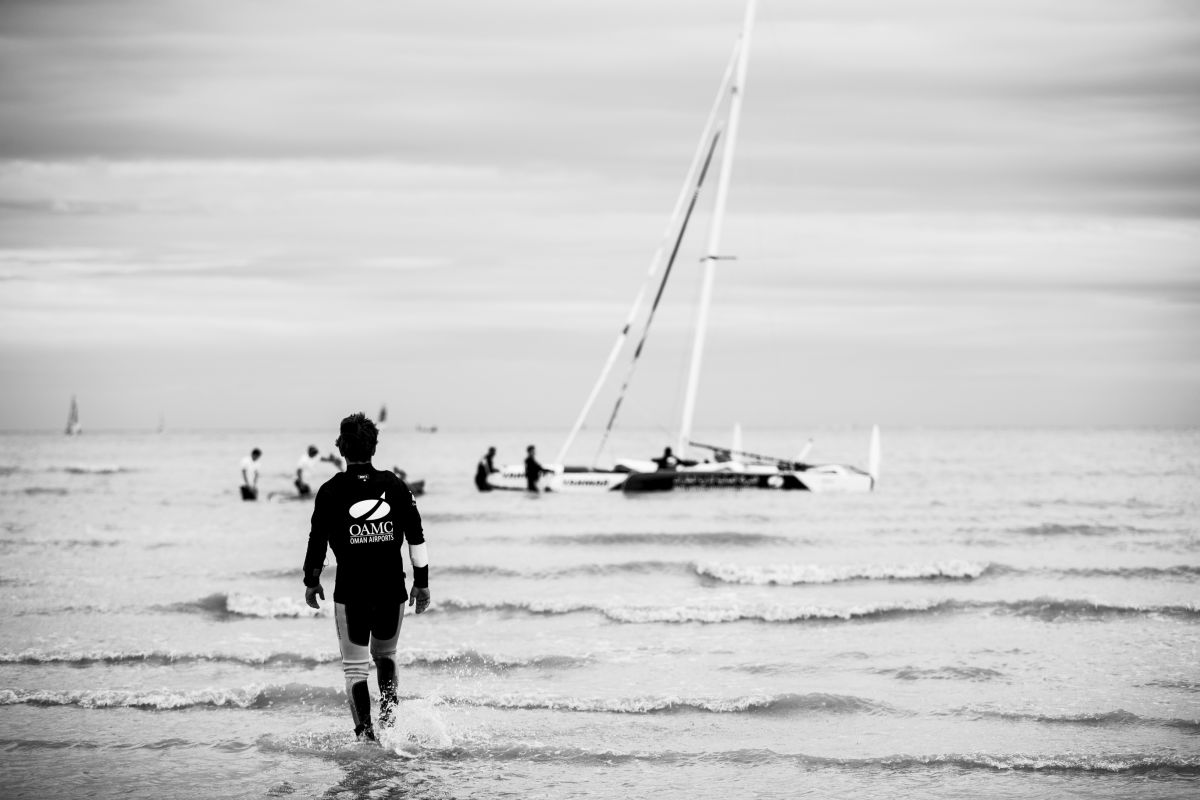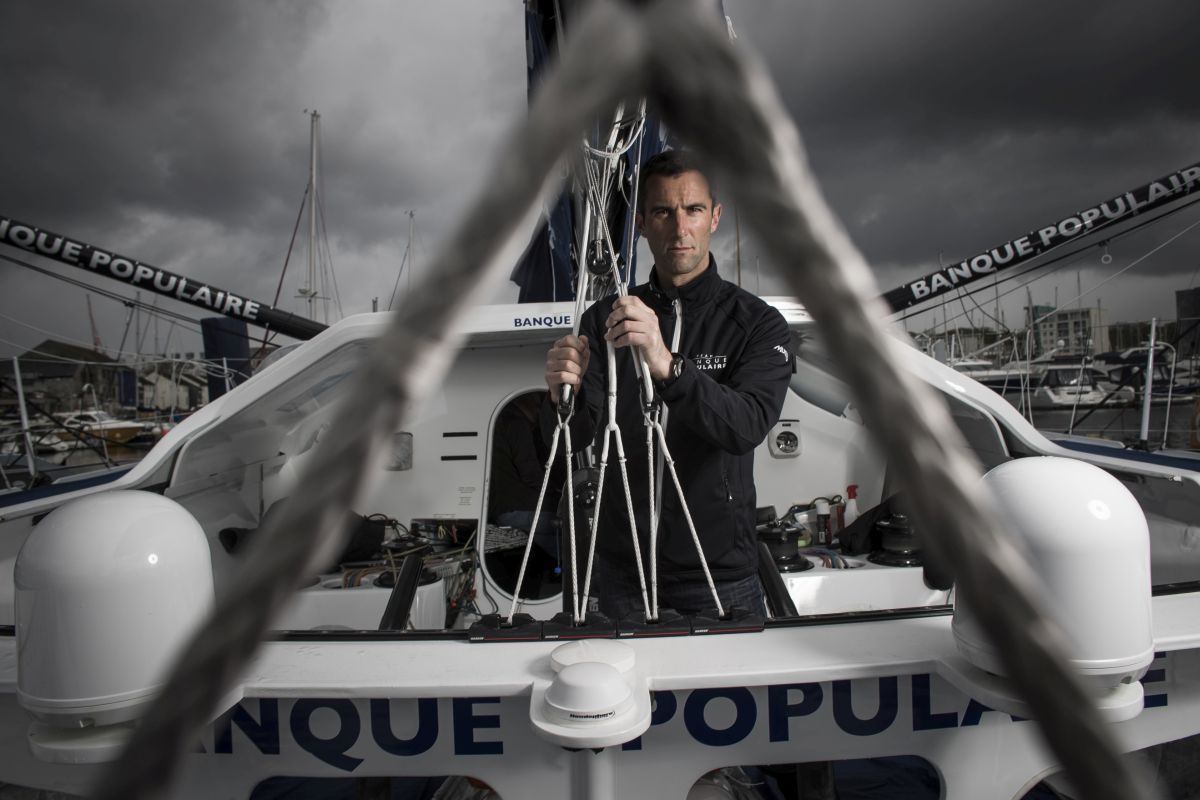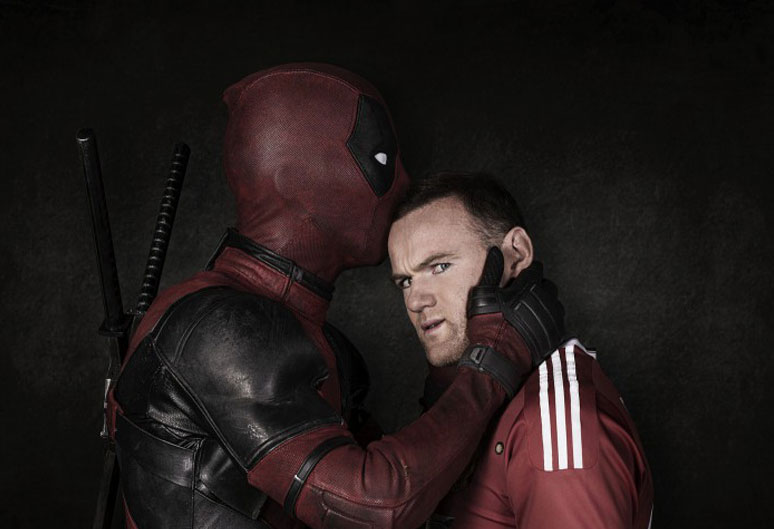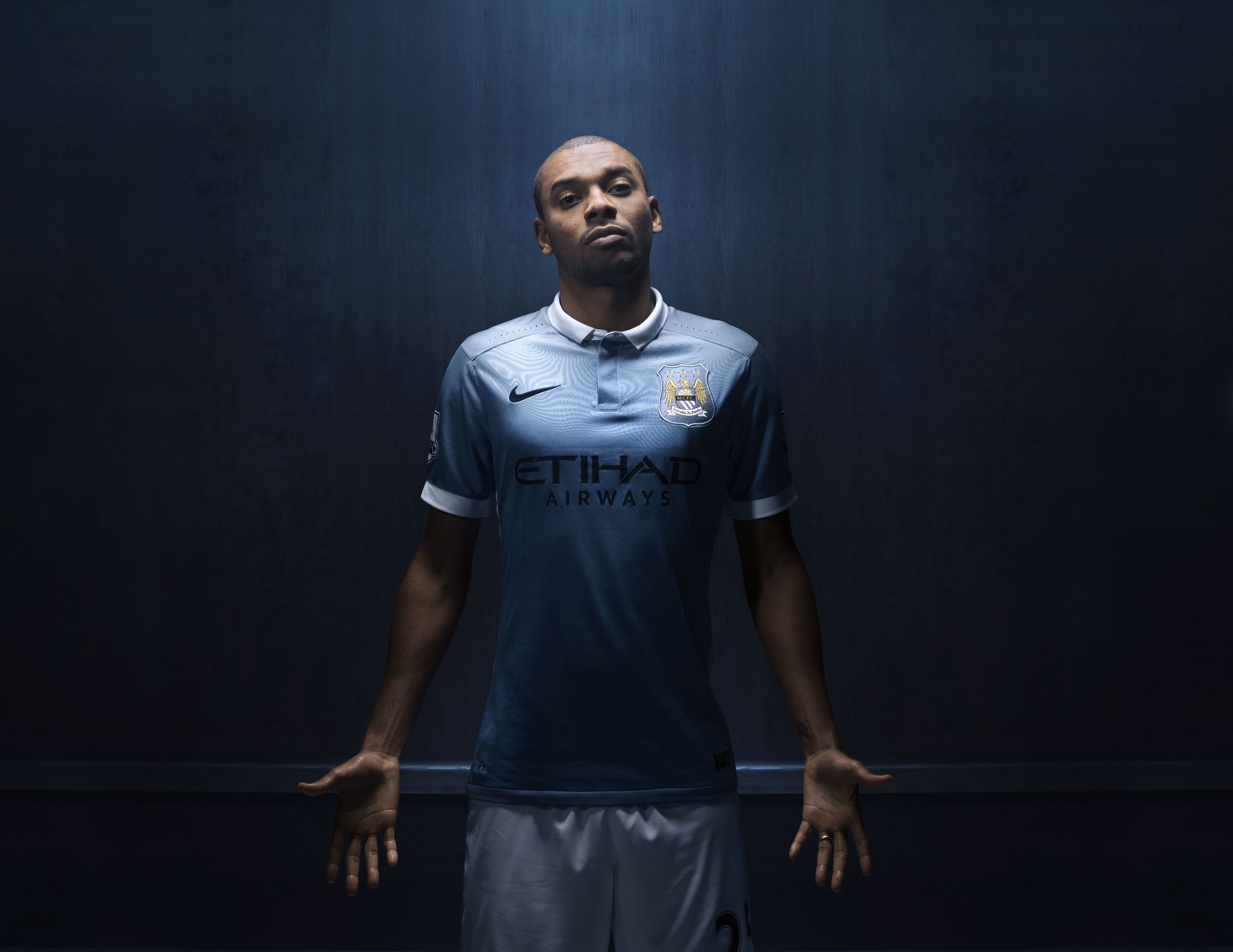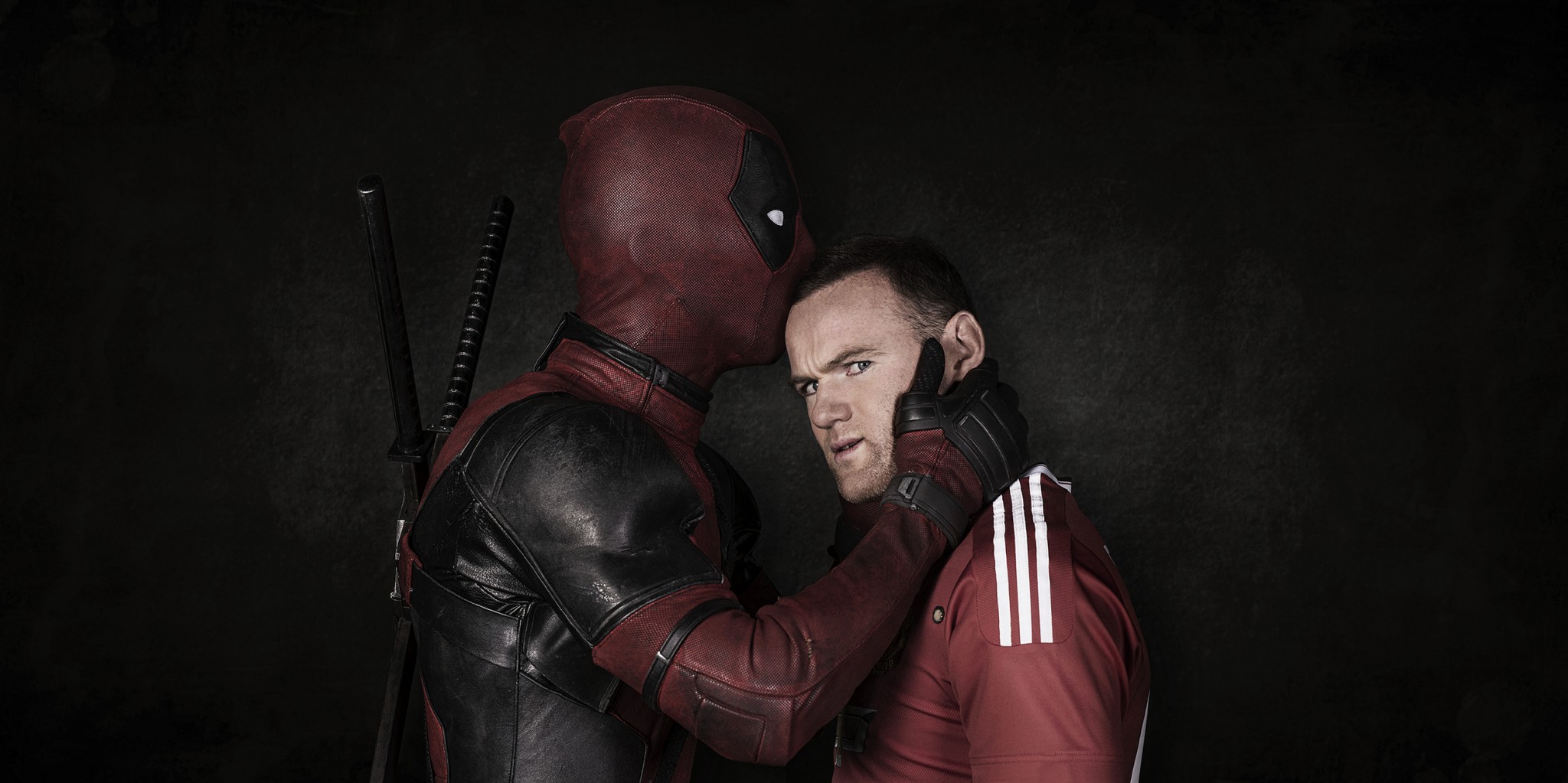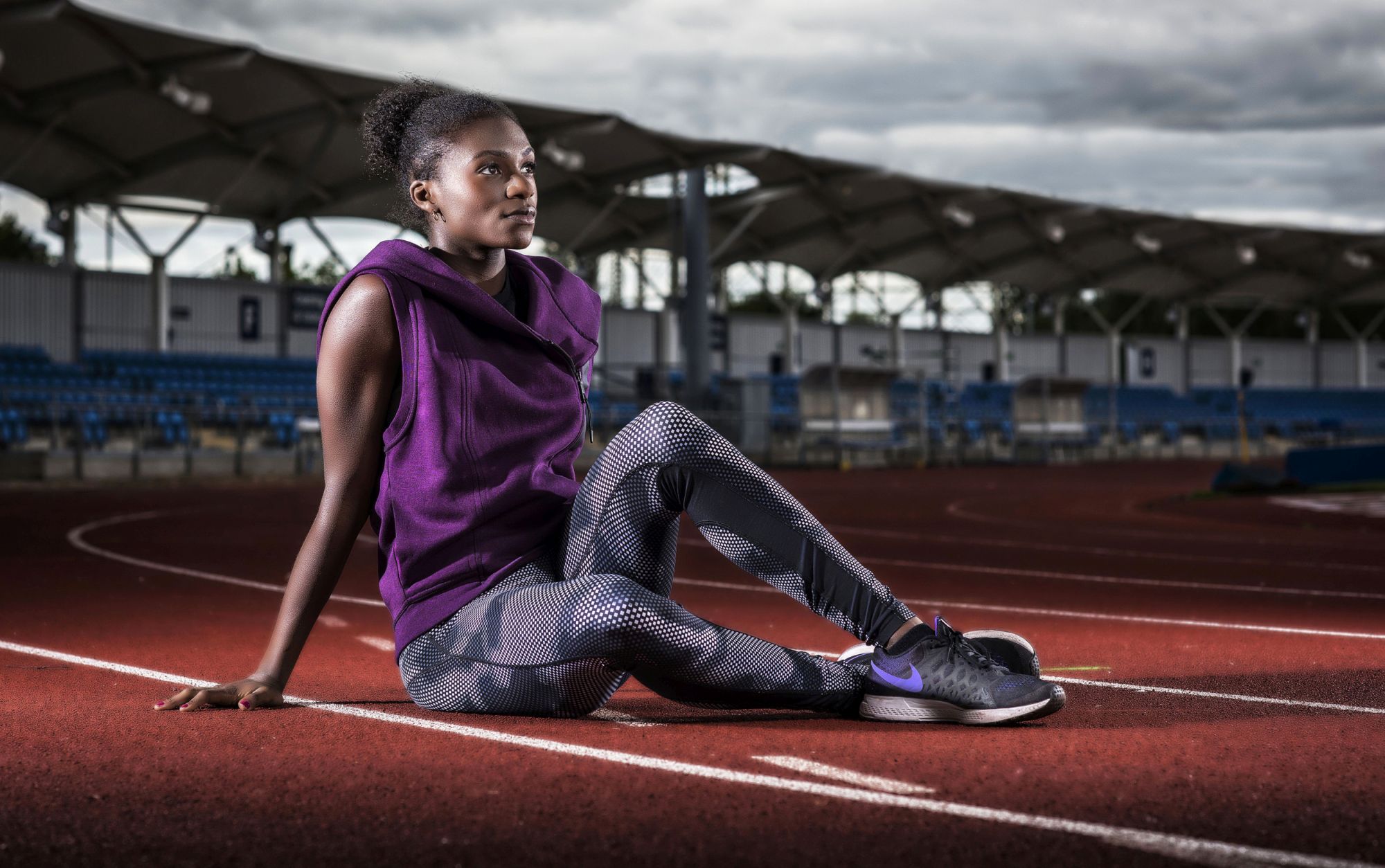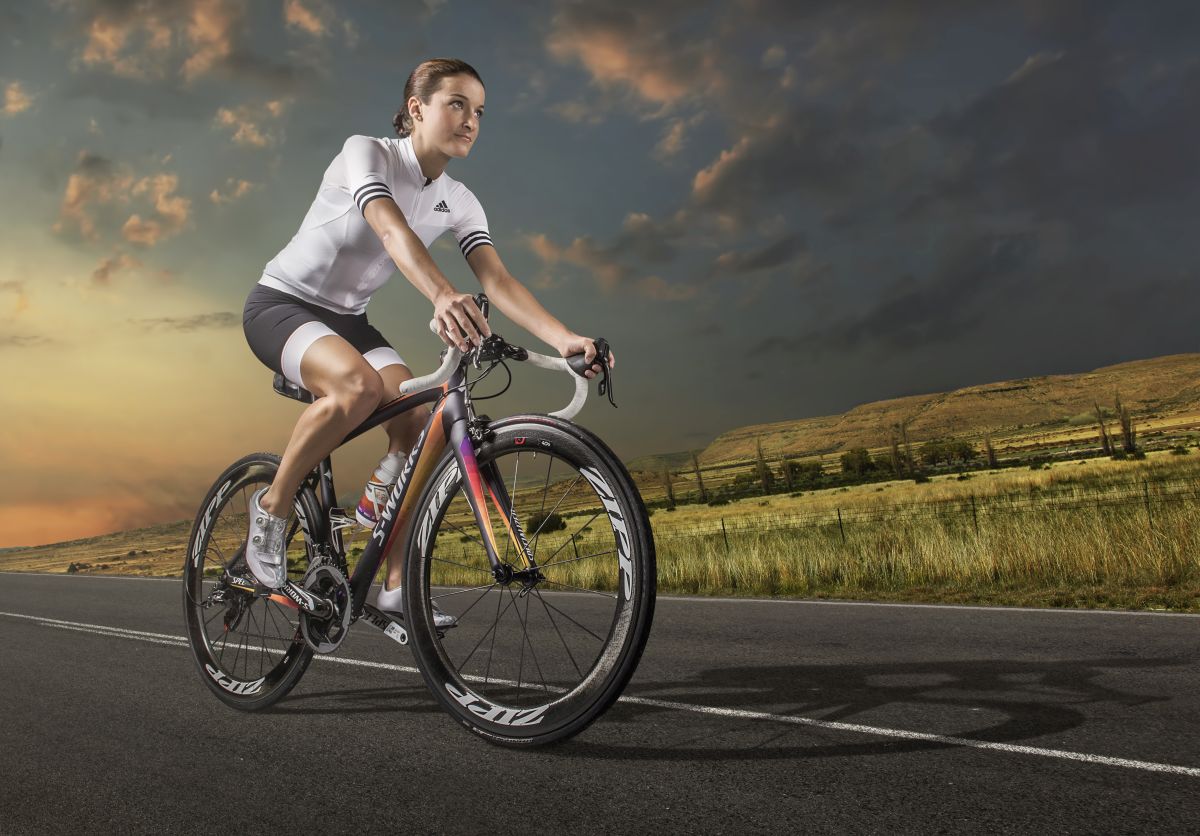Fixation ambassador Jack Terry is a successful lifestyle and advertising photographer and works with high profile brands such as Audi, Nintendo and Lenovo. We caught up with Jack recently and put some questions to him.
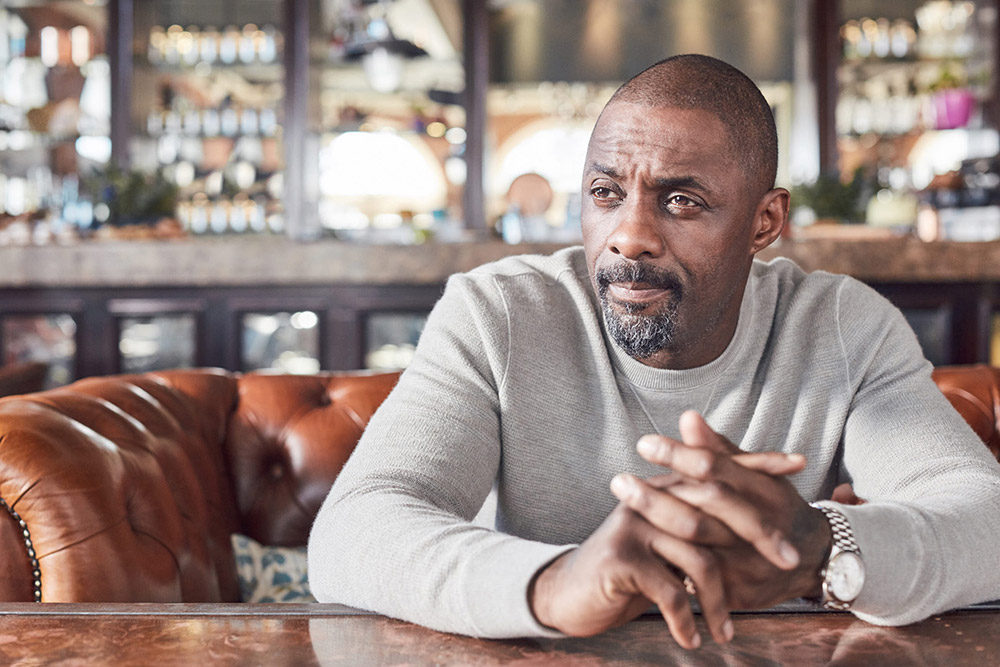 © Jack Terry
© Jack Terry
How did you get into photography?
Ironically my parents bought me a Canon SLR as a graduation present. My degree was in product design, so photography was a bit of a sidestep. I started off photographing people on the ski slopes in France. I would follow them for half a day on my snowboard and photograph their group. Tim Henman booked me to photograph his family skiing one day, which was a laugh.
So you didn’t study photography, did you assist?
No I am self taught. I worked in a studio for a while and part time as a graphic designer to pay the bills while I built my client base. I think there are definitely pros and cons to both routes into the industry. I can get envious of friends who have built a lot of knowledge through assisting, but not assisting allowed me much more time to shoot work for myself, so I guess its swings and roundabouts.
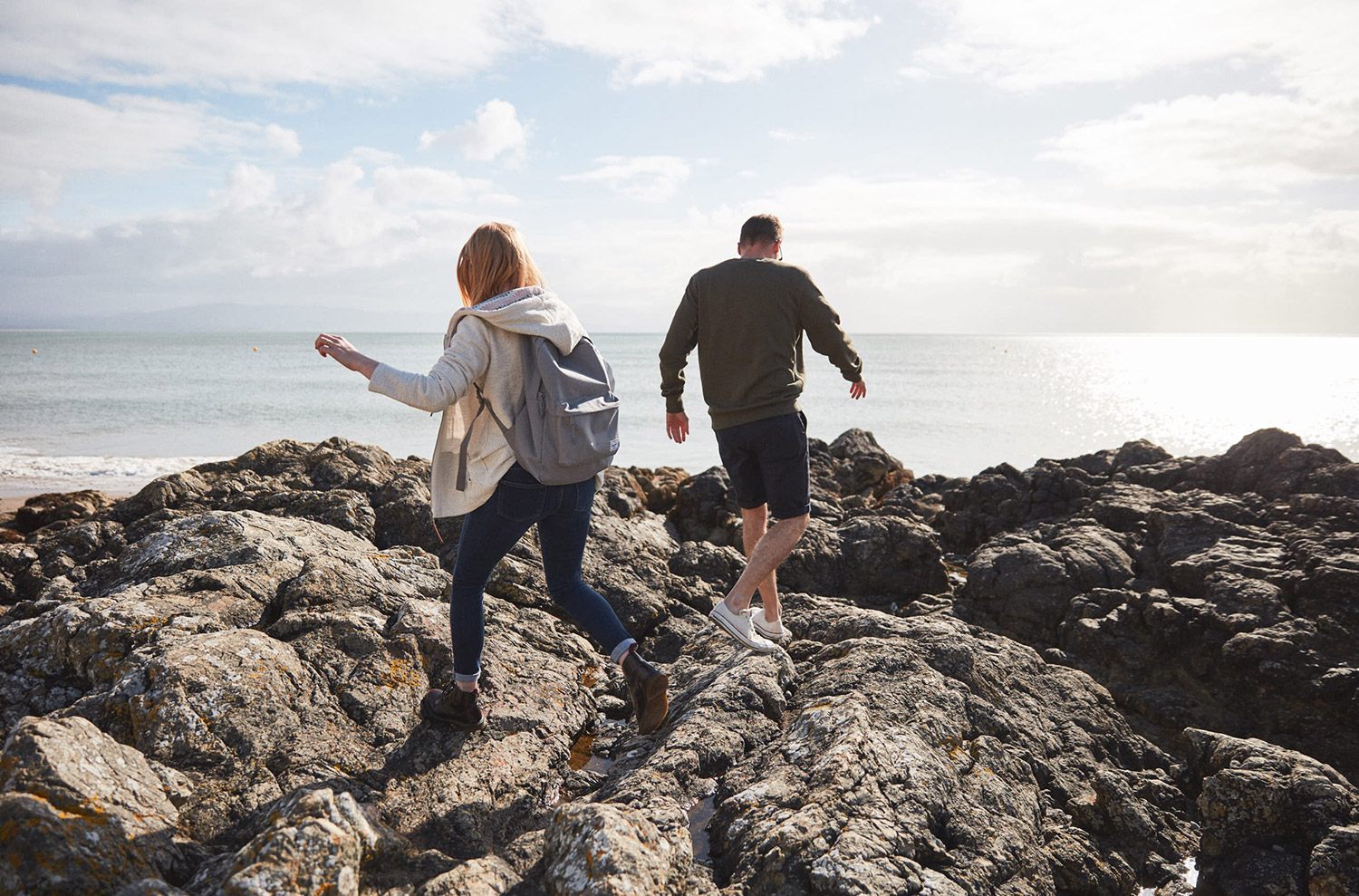 © Jack Terry
© Jack Terry
Your work all involves people, but how would you describe yourself as a photographer?
I am a lifestyle photographer, working predominantly in advertising and my work revolves around my fascination of observing people. When I shoot, I constantly look to portray the emotions of everyday life and ensure that there is a narrative behind my work. To create a natural feel in my images I rarely pose people, instead photographing real actions and movements. This helps to capture true expressions and ensures my images never feel staged. My briefs usually come from advertising and creative agencies and can be anything from global campaigns to image libraries or social media content.
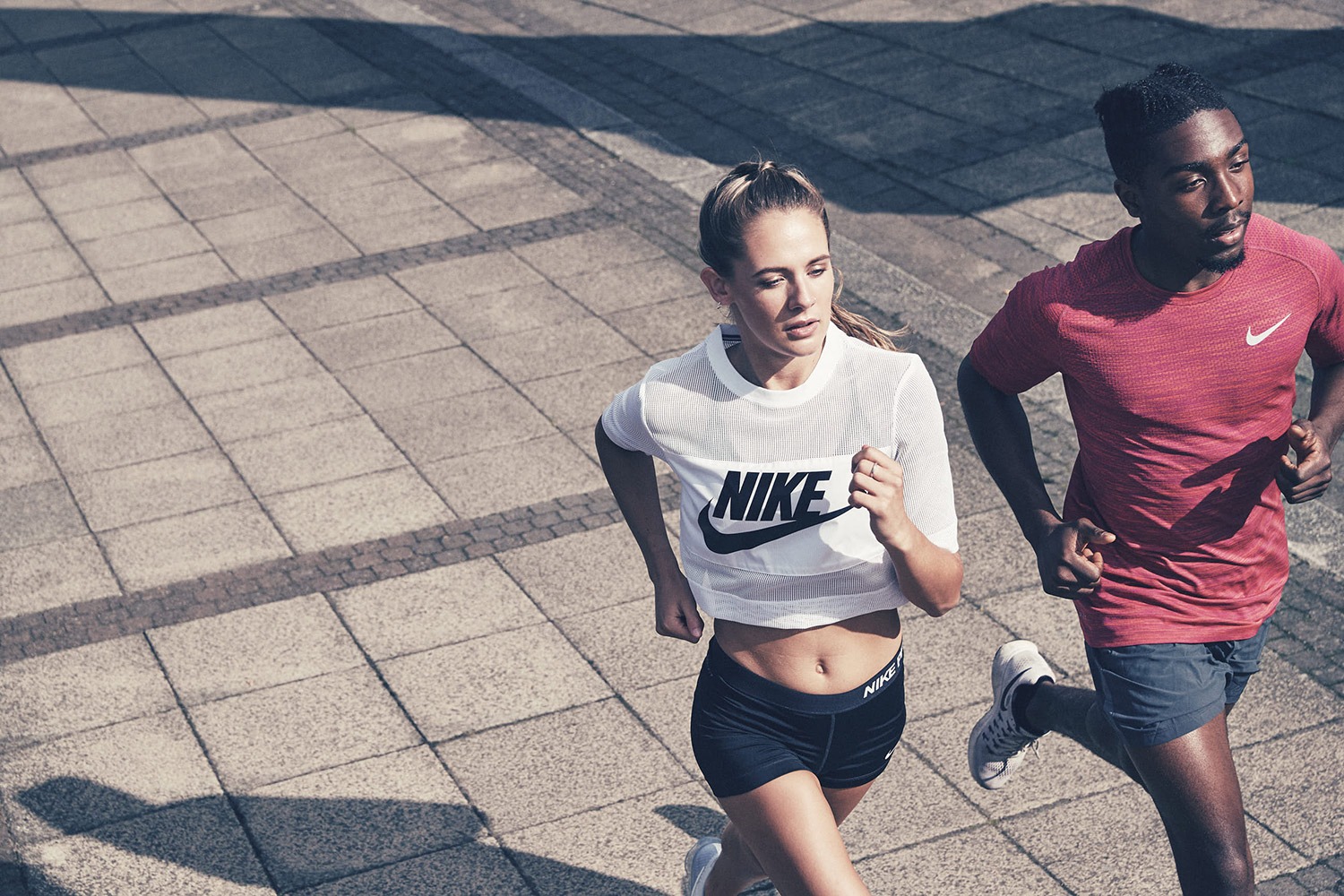 © Jack Terry
© Jack Terry
Does lifestyle photography take much planning?
My aim is for my work to have a candid, documentary look to it, but to achieve this always takes a lot of production. I always shoot on location, so that forms the biggest hurdle usually. There are normally multiple models who require hair, makeup and styling, then the rest of the crew, agency and clients who need food, warmth and transport. There is all the kit that needs power and you might be shooting on public land, so that needs a permit. I have a great team around me though, so it’s a pretty slick operation.
What equipment do you usually use?
My standard camera system is Canon and my lights are Profoto. Image capture and post production is done through Capture One and Photoshop. As every job is different, additional kit is hired in as required. A Canon 5DS is my go to camera and I have two 5D Mk. III’s in the bag too. I tend to shoot on either a 35mm, 50mm or 100mm L series prime, but have a variety of zooms as well. I use medium format when required, but find even the new cameras a bit slow for my style of shooting.
My lighting system is made up of multiple Profoto B1’s and D1’s and I love the speed and versatility of having lithium batteries in the B1s. I use quite a lot of modifiers, but my favourite for its ability to replicate sunlight is the Profoto Magnum reflector. When it comes to digital, all my kit lives in a customised Peli case that has laser cut foam to house the different drives, readers, tablets and batteries etc. Capturing, backing up and safely storing data when shooting commercially is vital, so the process has to be bombproof. I have serious OCD with how my kit is stored and everything has its own case or bag which are usually Peli or Thinktank.
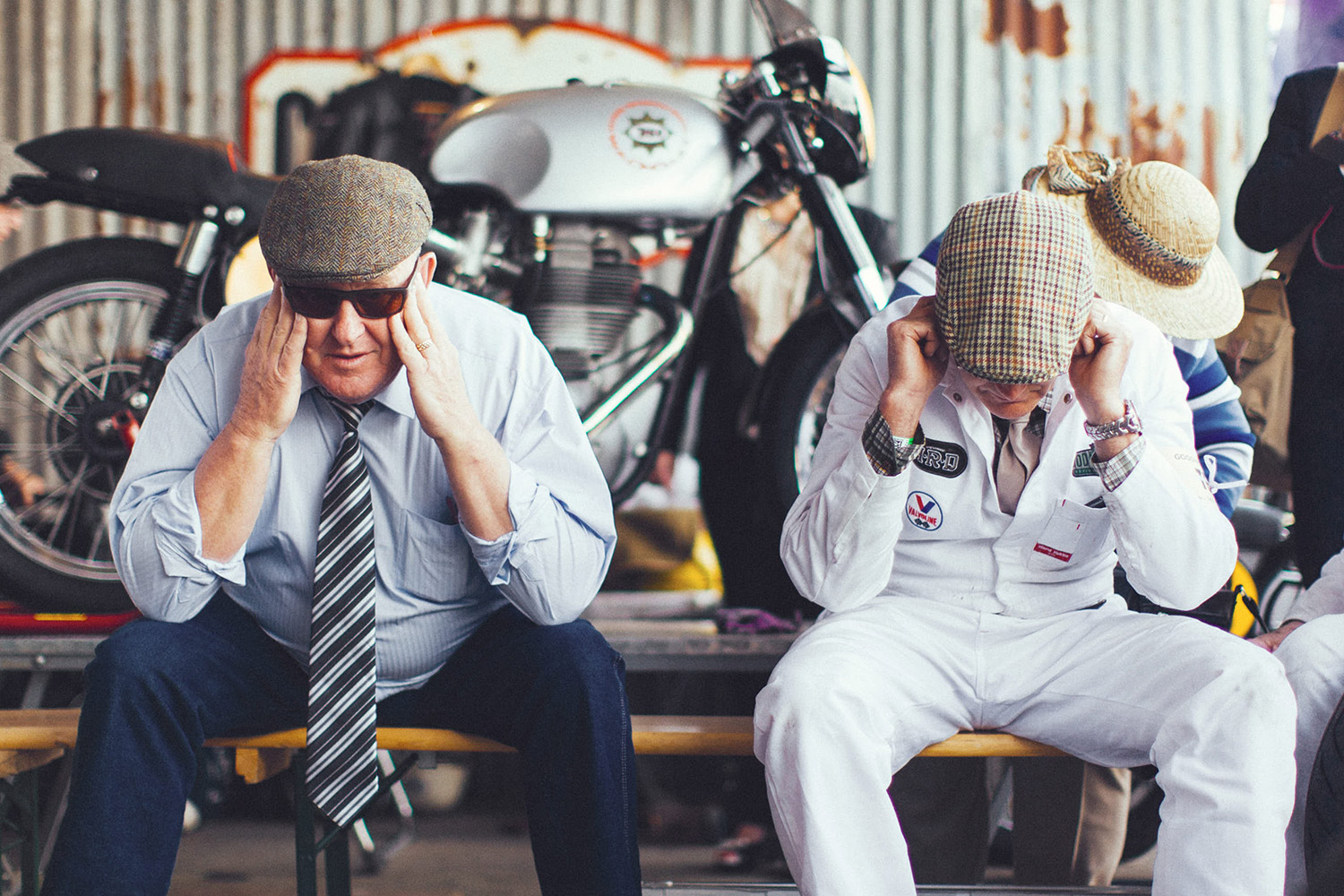 © Jack Terry
© Jack Terry
To what extent do you rely on Fixation for your work?
Fixation support me massively, whether it is with rental for a specific job, or to hire some equipment to test out a new concept. It is also brilliant knowing they stock all of my equipment in rental, so if anything breaks I don’t need to be without while it is being repaired. Not that it ever takes more than a couple of days anyway. I am interested in having a go with all the new video kit that is coming in to stock too.
Looking at the iconic brands you’ve worked with in the past, are there any that stand out as being particularly memorable?
I have shot quite a few celebrities for brands, but one person who stood out as the most amazing was the explorer, Sir Ranulph Fiennes. He is an absolute inspiration and has spent his life putting himself through situations that you wouldn’t think were physically possible.
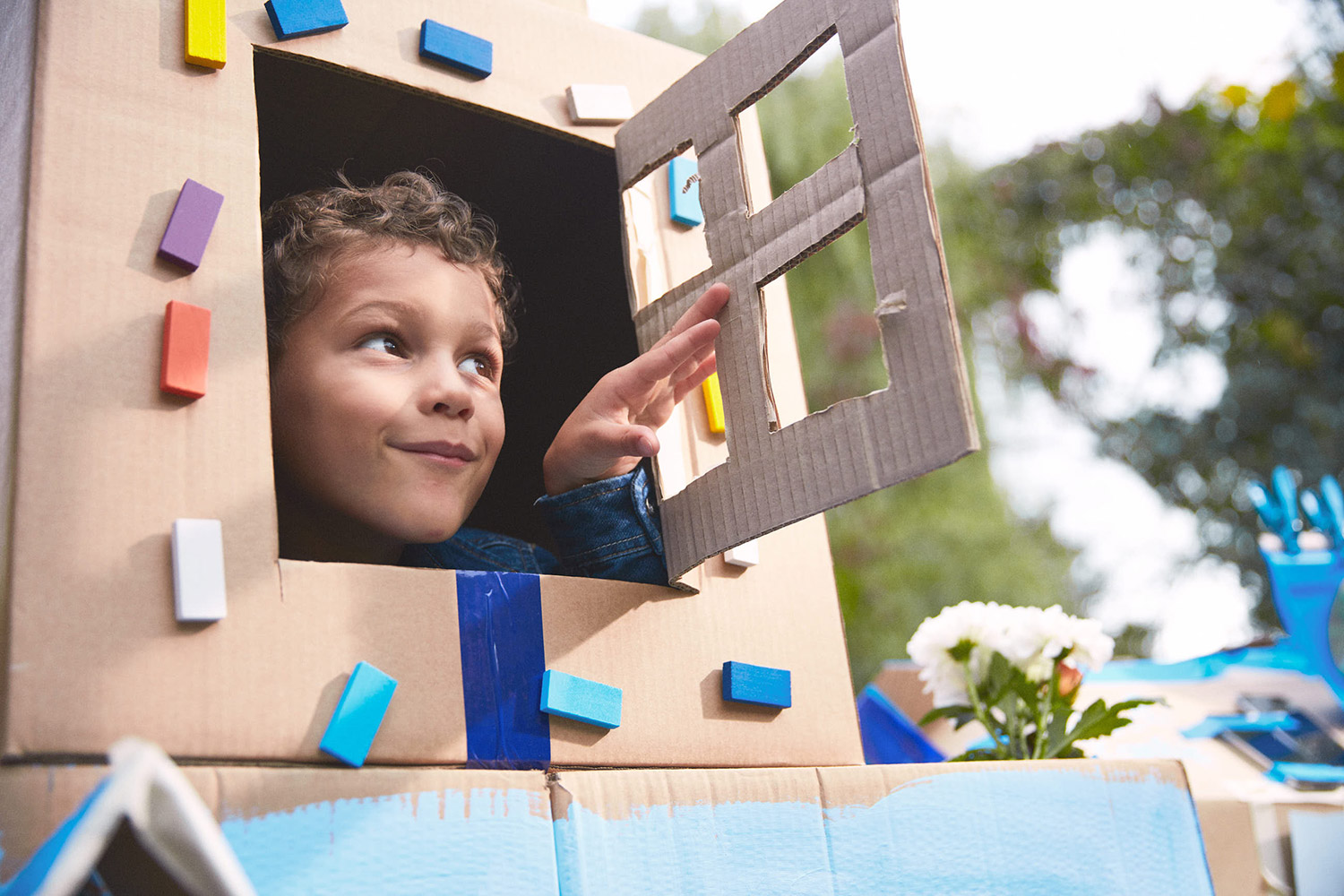 © Jack Terry
© Jack Terry
Are there any brands you’d particularly like to work with in the future?
I am always keen to work with brands that have an ethical and social conscious. Advertising is very powerful, so it’s nice to create work for brands that use their power for good, rather than purely financial gains. Patagonia and their recent Black Friday campaign are a great example of this.
You shoot a lot of personal work, what is the reason for this.
When you shoot commercial work there are usually so many interested parties that the creative can get compromised. By shooting personal work it is all down to me. I come up with a concept, then produce it and fund it, so there is nowhere to hide. Personal work lets me explore ideas and test techniques that I can then filter into my commercial work. I find art buyers are much more interested in viewing personal work, so that is almost entirely what makes up my portfolio.
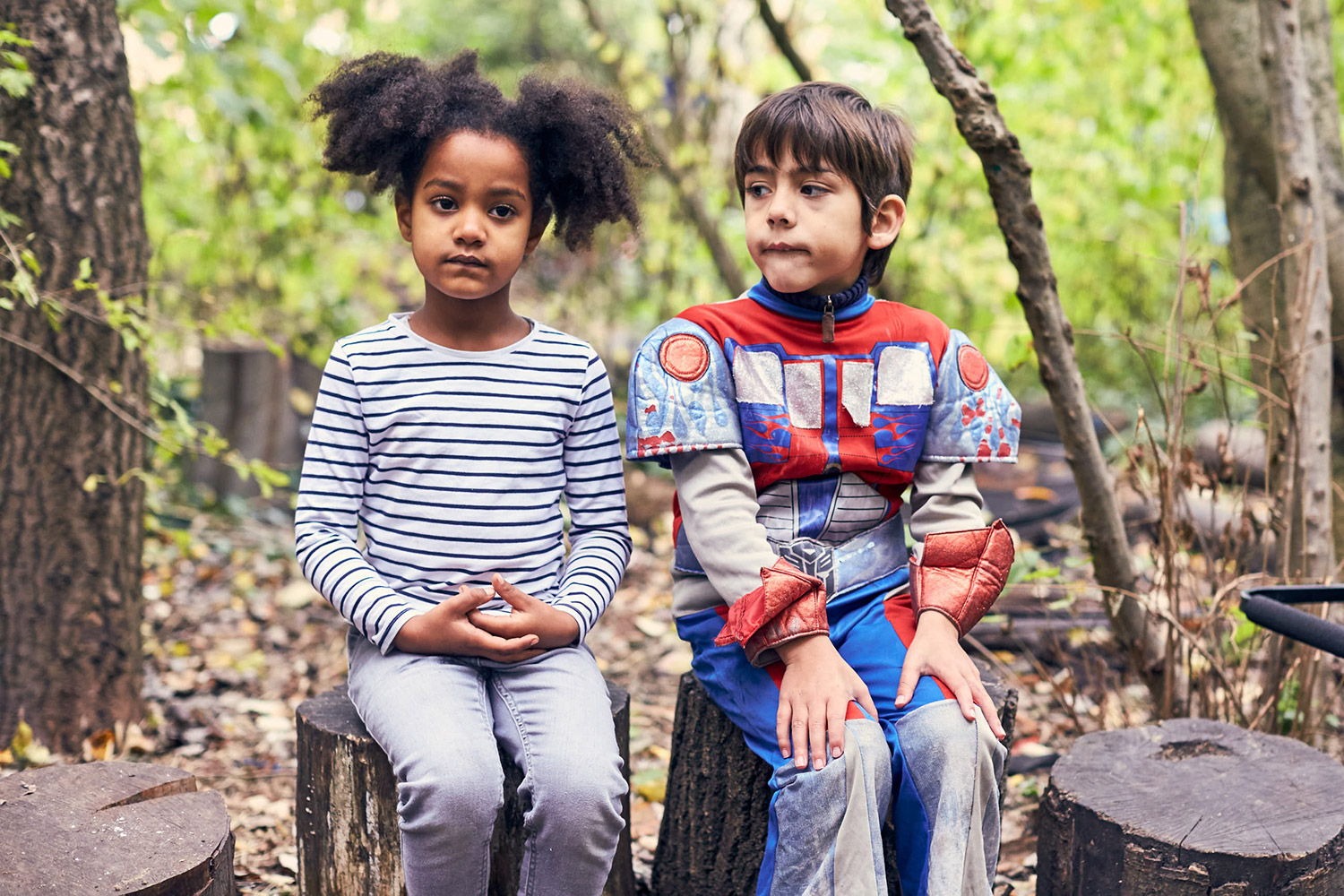 © Jack Terry
© Jack Terry
What was the thought process behind your latest project, Little Rascals?
Little Rascals is a documentary study of a children’s charity called Oasis Play. I used to live opposite the playground and always thought it would be a stunning location to shoot. I wanted more images of children for my portfolio and I liked the idea of it just being me with a camera, no crew and no mountain of equipment. As a thank you I gifted the charity a set of 500 images to help with their promotion. You can see the whole project here, it definitely brings a smile to the face.
Are you working on any other personal projects currently?
I have a couple of ideas up my sleeve, the last one was kids, so maybe the next one will involve animals! I am also thinking of dedicating a whole week to shooting 5 totally different tests over 5 days.
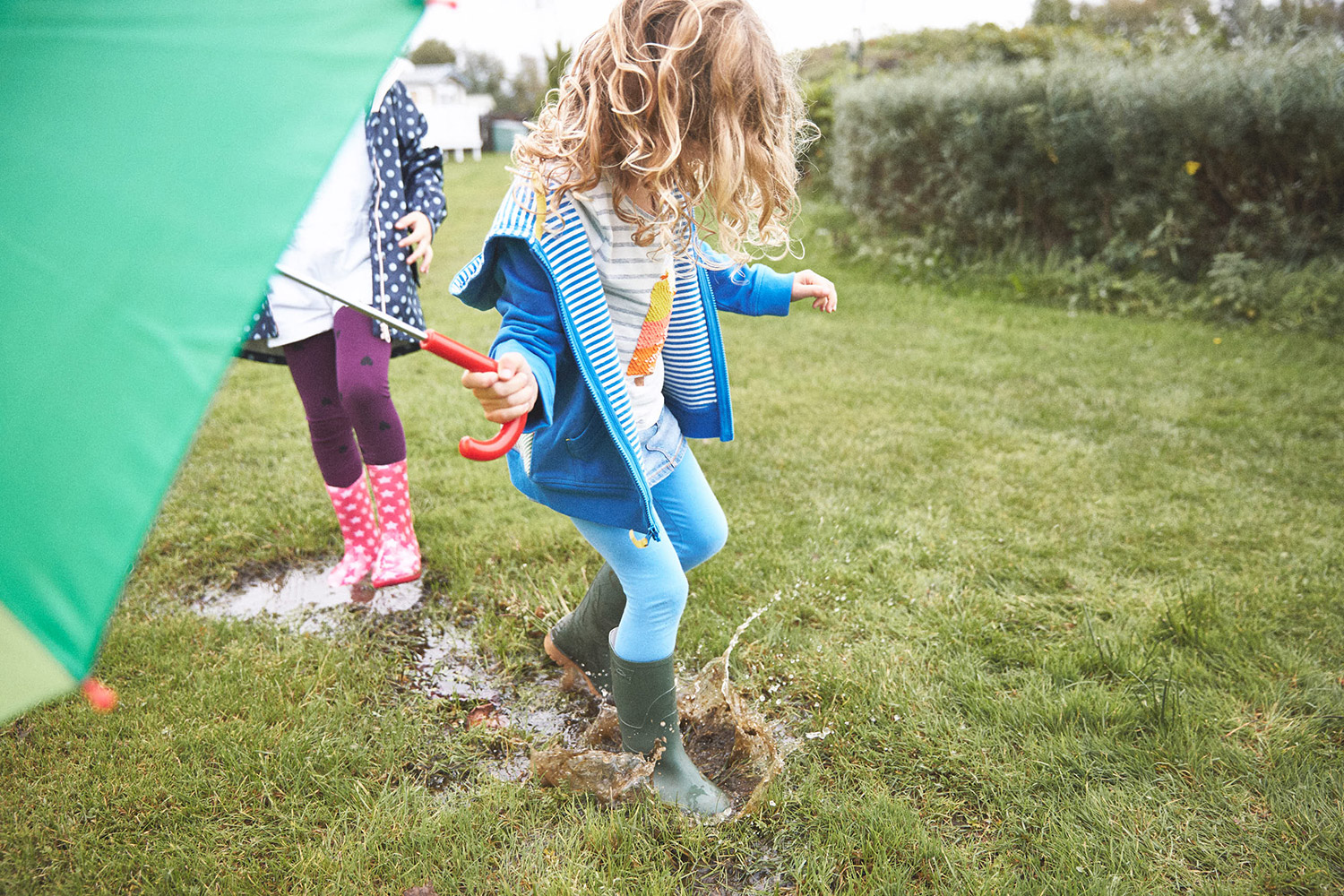 © Jack Terry
© Jack Terry
How much does video feature in your work, and how important do you think it will be going forward?
Video is massive and getting bigger all the time. I can’t remember a shoot where there wasn’t a video element involved. I am not that interested in operating the camera myself, but love directing. I am flying to Spain soon to direct a video for a hotel chain, which should be good fun.
Jack was speaking to Tim Stavrinou. You can see more of Jack’s work on his website www.jackterry.co.uk and follow him on Instagram @jackterryphoto

